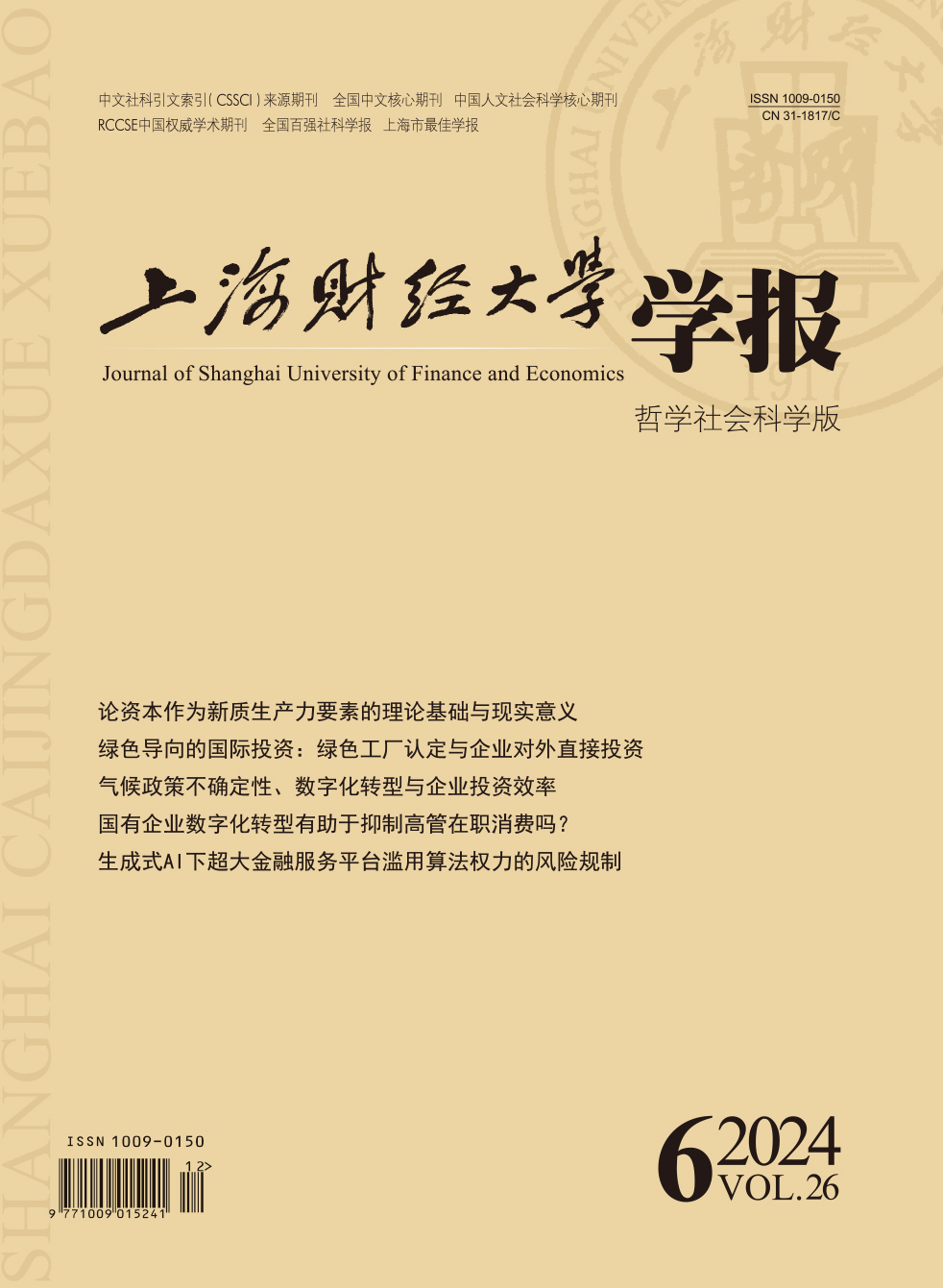Developing Financial Inclusion is one of the important ways to build a moderately prosperous society. Financial Inclusion can expand the coverage of financial services, deepen the penetration of financial services, and provide efficient financial products for different levels of individuals and institutions. In recent years, scholars have studied the concept of Financial Inclusion, dimensional composition, the relationship with economic growth, income distribution and targeted poverty alleviation. However, this paper argues that a more comprehensive and detailed framework is needed to understand the mechanism of Financial Inclusion. With the development of digital technology, it is of great practical significance to explore the influence mechanism of digital Financial Inclusion to promote the economic development of our country, especially to enhance the income of urban and rural residents. In this study, we use massive data to compile financial inclusive index, and divide the digital Financial Inclusion into three dimensions, that is, coverage, depth of use and degree of digitalization, to study the impact of digital Financial Inclusion on the income of Chinese residents. Meanwhile, in the case of distinguishing different regions, urban and rural areas, we explore the difference of the impact of digital Financial Inclusion on the income of Chinese residents. In addition, we also use the number of provincial Internet sites as a tool variable of the digital Financial Inclusive index to estimate the 2SLS to control the endogenous problems in the measurement model. The research finds that: First, digital Financial Inclusion has significantly improved the per capita disposable income of urban and rural residents in China, and the effect of digital Financial Inclusion on the per capita disposable income of urban residents is significantly greater than that of rural residents. Second, digital inclusive finance has significantly improved the income of urban and rural residents by promoting economic growth and entrepreneurial behavior.Third, in the analysis of the three dimensions of digital Financial Inclusion, the role of each dimension has a differentiated impact. Fourth, the effect of digital Financial Inclusion on the per capita disposable income of the eastern residents is greater than that of the central and western residents. The conclusion of this paper has certain guiding significance for understanding the actual value of digital Financial Inclusion, promoting the development of digital Financial Inclusion and improving the income of urban and rural residents in China.
 / Journals / Journal of Shanghai University of Finance and Economics
/ Journals / Journal of Shanghai University of Finance and EconomicsJournal of Shanghai University of Finance and Economics
LiuYuanchun, Editor-in-Chief
ZhengChunrong, Vice Executive Editor-in-Chief
GuoChanglin YanJinqiang WangWenbin WuWenfang, Vice Editor-in-Chief
Digital Financial Inclusion and Income of Urban and Rural Residents: Based on the Intermediary Effect of Economic Growth and Entrepreneurial Behavior
Journal of Shanghai University of Finance and Economics Vol. 22, Issue 04, pp. 83 - 94 (2020) DOI:10.16538/j.cnki.jsufe.2020.04.006
Summary
References
Summary
Cite this article
Yang Weiming, Su Lin, Wang Mingwei. Digital Financial Inclusion and Income of Urban and Rural Residents: Based on the Intermediary Effect of Economic Growth and Entrepreneurial Behavior[J]. Journal of Shanghai University of Finance and Economics, 2020, 22(4): 83-94.
Export Citations as:
For
ISSUE COVER
RELATED ARTICLES





 6679
6679  8816
8816

